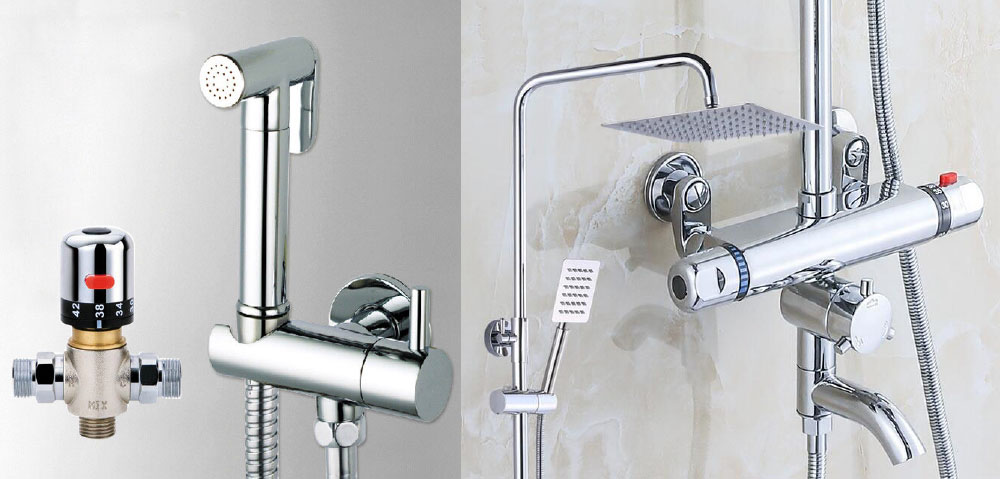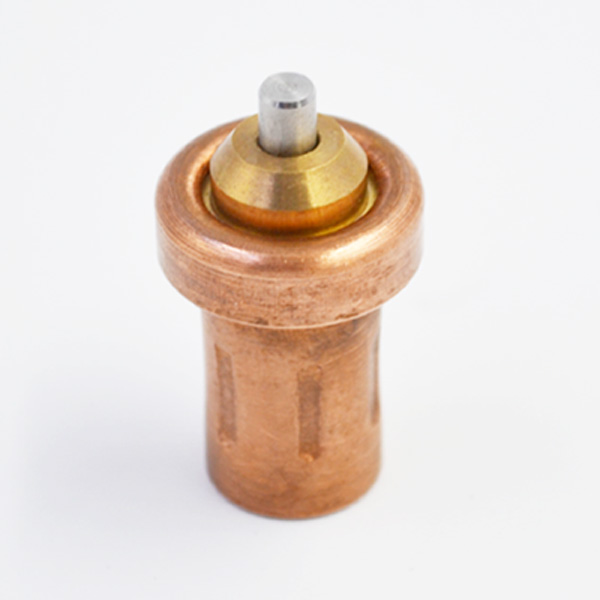Programmable Controller (PLC) is an industrial controller, which takes CPU as its core and integrates advanced technologies such as computer and automatic control. It has wide application, powerful function and convenient use, and has become one of the main pillars of contemporary industrial automation. There are many types of PLC and different functions and instruction systems, but their structures and working principles are very similar. This paper introduces the basic concept, basic structure and characteristics of PLC. Modern society requires manufacturing industry to respond quickly to market demand and produce small batch, multi-varieties, multi-specifications, low cost and high quality products.
In order to meet this requirement, the control system of production equipment and automatic production line must have high reliability and flexibility. PLC just meets this requirement. Programmable Logic Controller (PLC) is a member of the computer family. It is designed and manufactured for industrial control applications. It is an industrial controller based on central processing unit (CPU), which integrates advanced technologies such as computer and automatic control. It uses a kind of programmable memory for user-oriented instructions such as internal storage program, logic operation, sequence control, timing, counting and arithmetic operation, and controls various types of machinery or production processes through digital or analog input/output. PLC is essentially a computer specially designed for industrial control.
Its hardware structure is basically the same as that of a microcomputer. It is mainly composed of frame, CPU module, signal module, function module, interface module, communication processor, power supply module and programming equipment. CPU module central processing unit (CPU) is the control center of PLC. It receives and stores user programs and data entered from the programmer according to the functions given by the PLC system program; checks the status of power supply, memory, I/O and alarm timer, and can diagnose grammatical errors in user programs. The input and output of signal module are called I/O module, which can be divided into switching input/switching output module and analog input/analog output module according to different signals.

They are bridges connecting external field equipment and CPU module. In order to enhance the function of PLC, expand the application field and reduce the burden of CPU, the manufacturer has developed some functional modules which are mainly used to complete some control tasks that require high real-time and storage capacity. Because of the complexity of some control systems, one rack can not accommodate all the modules, so one or more extended racks need to be added. The interface module is used to connect the communication between the central rack and the extended rack. Communication processor is used for communication between PLC, between PLC and remote I/O, between PLC and computer and other intelligent devices. It can connect PLC to MPI, PROFIBUS-DP, AS-I and industrial ethernet, or for point-to-point communication.
The power supply of power module PLC plays an important role in the whole system. If there is no good and reliable power supply system, it can not work properly. Generally, AC voltage fluctuation is within the range of 10% ( 15%), so PLC can be directly connected to AC network without taking other measures.
Programming equipment is now a personal computer, which generates and edits various text programs or graphics programs on the computer screen. Remote programming can be realized through the network. Programming software also has functions of network and hardware configuration, parameter setting, thermostatic element monitoring and fault diagnosis.

Programming is simple and easy to learn. The programming of PLC mostly adopts trapezoidal graphics similar to relay control circuit. For users, it is not necessary to have computer expertise, so it is easy to be understood and mastered by general engineers and technicians.
Complete hardware support, user-friendly PLC for different industrial field signals, there are corresponding I/O modules and industrial field devices or equipment, in addition, in order to improve operational performance, it also has a variety of man-machine dialogue interface modules; in order to form industrial local network, it also has a variety of communication network interface modules, hardware configuration is determined through programming can easily and quickly adapt to technological changes. Change. A small PLC with strong function and high performance-price ratio can realize very complex control functions. Compared with relay system with the same function, it has a high performance-price ratio. It can also realize decentralized control and centralized management through communication networking.
With high reliability and strong anti-interference ability, all I/O interface circuits adopt photoelectric isolation, which makes the electrical isolation between the external circuit of industrial field and the internal circuit of PLC. Each module adopts shielding measures to prevent radiation interference. Good self-diagnosis function, once the power supply or other software and hardware abnormal situation, the CPU immediately adopt effective measures to prevent the expansion of the fault.

Simple installation, small maintenance workload, convenient PLC does not need a special computer room, can be directly operated in various industrial environments. All kinds of modules have operation and fault indication devices, so that users can easily understand the operation and find out the fault. Because of the modular structure, once a module fails, users can quickly restore the system by replacing the module. For complex control system with small volume and low energy consumption, the volume of switchgear is much smaller than that of relay control system because of the reduction of a large number of intermediate relays and time relays after using PLC. Switch logic control PLC is mainly used to replace relays for combinational logic control, timing control and sequential logic control. Its application fields are all over the industry, and even deep into civil and family. Motion control PLC uses special instruction or motion control module to control the position, speed and acceleration of linear or circular motion.
It can realize position control of single axis, double axis, three axis and multi-axis linkage. It is widely used in various machinery.
The closed-loop process control PLC realizes the conversion between analog and digital quantities through the analog I/O module, and implements closed-loop control for the analog quantity. Closed loop process control refers to the closed-loop control of the continuous variable analog of temperature, pressure and flow rate. Data processing PLC has the functions of four integer operations, matrix operations, function operations, word logic operations, inversion, circulation, shift, floating point operations, data transmission, conversion, sorting, table lookup, bit operation, etc.

It can complete data acquisition, analysis and processing. Communication networking PLC can realize communication with remote I/O, multi-PLC, PLC and other intelligent control equipment. It can form a distributed control system of “centralized management, decentralized control” together with other intelligent control equipment. In the 21st century, PLC will have greater development, product varieties will be richer, specifications will be more complete, and functions will be gradually enhanced. Through perfect man-machine interface and complete communication equipment, it will better adapt to the needs of various industrial control occasions. As an important part of automatic control network and international general network, it will play an increasingly important role in the field of industrial control.
